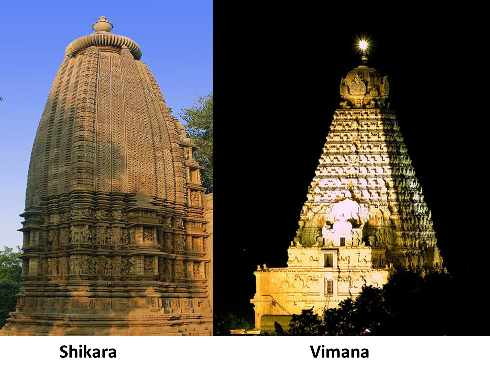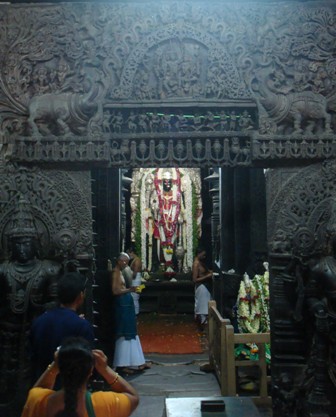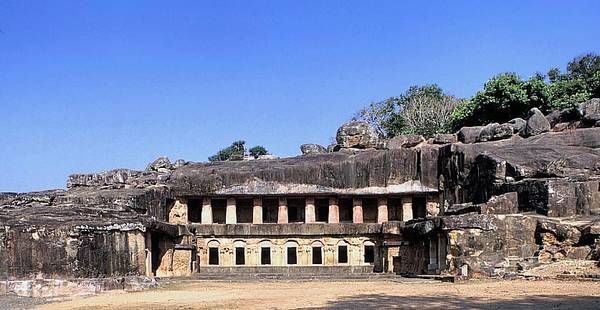-
Chapter 1:OUR PASTS PART - I
Introduction
Ideas about the ancient culture of Indus Valley Civilization or Harappan age comes from studying the archaeological artifacts found in a particular area at a period of time. The Harappan age is called the Mature Harappan Age as it came between Early and Later Harappan Age.
Early Harappan age is associated with distinctive pottery, agriculture, pastoralism and crafts. There were no large buildings and there was a break between Early and Matured period as burned buildings and abandoned settlements were found. Harappa was highly damaged by brick robbers and Mohenjo Daro was the most well known and preserved site.
Features
High degree of planning is seen in settlements as Citadel areas for the elite were built on mud platforms and were confined by walls. The lower non citadel areas were for other populations. All bricks - sun dried or baked were of equal proportions and large number of labor was mobilized for town building.
Drains were built and each house had a wall adjacent to a drain. All roads and streets intersected at right angles.
Domestic Architecture was well planned. The buildings were centered around a courtyard. Lower walls of the house had no windows and the main gate that opened in front of the courtyard didn't give a direct view of the house.Well is present that could be accessed even by passerby.
Social and Cultural Life
Practice of burials indicate that Harappan's didn't believe in burying things with the dead. The script hasn't been deciphered yet but evidence shows it may written from right to left.
Extraordinary uniformity shown on pottery, seals, bricks and weights show that a central authority enforced standards. In the later period the sign of standardization in various goods disappeared and the civilization too weakened and later there was a shift to other centers.
This vanishing of an entire civilization hasn't been explained but some reasons attributed to it are shifting of rivers, drying of rivers, deforestation, climate change and flooding.
Post Harappan Age
James Princep an officer in the English Mint was the first to
decipher Brahmi and Kharoshti script. He also deciphered the
Stone edicts of Emperor Ashok. Most Ashokan edicts were in
Prakrit language and written in Brahmi and Kharoshti script
[northwest region]. Edicts in the northwest were written in
Greek, Aramaic scripts and languages. Ashok was
the first to write messages to his subjects
in stone slabs or polished pillars.
The sixth century showed a large number of mahajanpadas in Indian subcontinent. Total 16 were found and some were ruled by kings while others were ruled by council. Kings were guided by Dharmasutras which were written by Brahmans advising on how to govern.
Magadha was the foremost mahajanpada as agriculture was especially productive, iron mines were located in vicinity so a source of tools and weapons, elephants needed for wars were also found in nearby jungle and the river Ganga and its tributaries also were an easy system of navigation. Some texts attribute Magadha's success to the the policy of ruthless rulers.
The rulers of Post Mauryan age tried to claim high status by identifying with a number of deities. Guptan kings had inscriptions called Prashastis which were poems written on them. The rulers were oppresive as they imposed taxes on the subjects. However some also promoted adoption of iron ploughing and transplation which enhanced agriculture productivity. Land grants were given by Gahapati [headmen]. Agrahara was land grant by King to Brahman who were exempt from taxes.
Coinage developed during 6th century BC. The copper and silver coins were issued first and bearing names and image of rulers by Indo - Greeks. The Kushanas were first to issue coins in Gold coins.
Buddhist teachings
None of Buddha's speeches or preaching's were recorded but after his death the disciples of Buddha compiled these teachings as Tripitakas - Three baskets to hold different types of texts.
- Vinay pitaka - rules for those who joined as monks
- Sutta pitaka -Buddha's teachings
- Abhidhamma pitaka - philosophical matters.
The ideas that conduct in life is more important that status at birth and compassion towards other humans and compassion for the younger and weaker brought people towards Buddhism. It also appealed to the vaishyas and shudras as it preached equality. People confused by the rapid social changes and dissatisfied by existing practices joined Buddhism.
Mahayana or Greater vessel gave importance to Boddhisattvas who were compassionate beings and who accumulated merit but not to achieve Nirvana but to help others. Hinayana became the Lesser vessel or older thought.
Temples
Temple building activity too started around 3nd century BC. The oldest temples only had a Garbagriha which was a sacred room in which the devotee would enter and worship the idol inside. Later temples had a Shikhara, a tall structure built over the Garbagriha.

Fig 1: Shikhar

Fig 1:Garbagriha
Later on temples had decorated walls, pillared halls, gateways and water supply arrangements. Construction of artificial caves were method to build temples.

Fig 2: Rock cut temples
UPSCFEVER - POPULAR PAGES
Join The Movement
Discussions and Comments